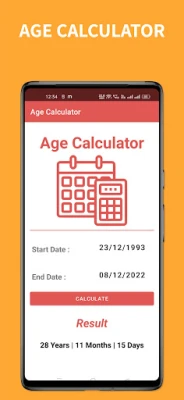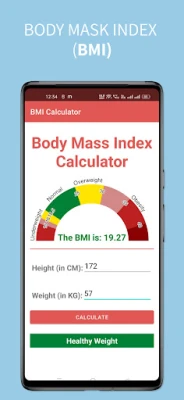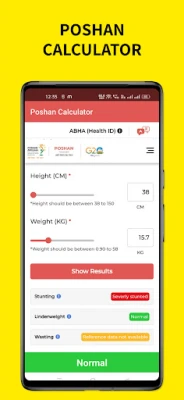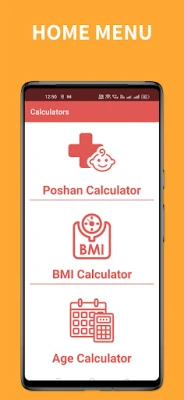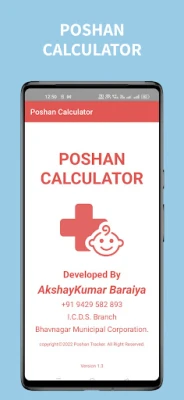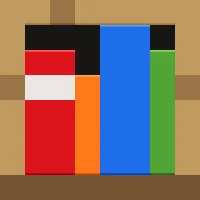
Latest Version
June 28, 2025
Akshaykumar Baraiya
Education
Android
0
Free
com.akshaykumar.poshantrackercalculator
Report a Problem
More About Poshan Calculator APK Download for Android
Poshan Calculator — A Barber’s Take on Kids, Nutrition, and Keeping It Real
So, here’s something you probably don’t expect to hear in a barbershop: I’ve been using this thing called a Poshan Calculator. Yeah. Not exactly clippers and combs, but hear me out.
A lot of the guys who come through my shop? Dads. Uncles. Big brothers. Some of ’em are raising kids, or helping to. And let me tell you, we talk about everything in here. From politics to parathas. And lately? Nutrition’s come up more than once. Especially when it comes to kids.
H2: What Even Is a Poshan Calculator?
It’s a simple tool, really. You plug in stuff like the kid’s age, weight, height — sometimes gender — and it gives you an idea if the child is underweight, normal, or maybe overweight. It’s mainly used in India, especially in Anganwadi centers. But honestly, anyone curious about child nutrition or growth trends can use it. It's one of those things you don’t think about until you’re deep into a conversation with a worried parent, and then suddenly it’s the most important app on your phone.
People usually search for it under terms like child growth calculator, nutrition assessment tool, BMI for kids India, or even Malnutrition tracker. That’s where the Poshan Calculator fits in. Nothing flashy. Just real numbers about real little humans.
H3: Why It’s Actually Useful (Even If You’re Not a Doctor)
You ever seen a worried parent comparing their kid to another? “My son’s not eating enough.” “My daughter’s too thin.” Or worse, “Am I doing something wrong?”
We all want kids to grow up strong. But not everyone can decode medical charts or chase down a pediatrician for every little worry. The Poshan Calculator kinda bridges that gap. It’s quick. You don’t need a science degree. Just the basics — age, weight, height — and it gives you a rough idea where the kid stands.
Now, is it perfect? No. It won’t replace actual health advice. But for many families who don’t have easy access to regular pediatric care, it’s better than guessing. Especially in rural areas, or lower-income households where even getting to a clinic is a challenge.
H2: How It Works (Quick Breakdown)
So, the Poshan Calculator uses WHO growth charts — fancy term for international standards of child growth. You punch in the numbers, and it tells you if the child is undernourished, stunted, wasted — yeah, that’s the real term — or within a normal range.
It also gives you the Z-score. Now I didn’t know what that was either. Apparently, it’s just a number that shows how far a child is from the average. Too low? You might need to look into nutritional support. Too high? Maybe reduce that second helping of biryani.
It’s also helpful for programs under ICDS (Integrated Child Development Services), but you don’t need to be part of a scheme to use it.
H3: Why It’s Not Just for Poor People
Let me be blunt — folks hear “malnutrition” and immediately think slums or villages. But man, I’ve seen kids in posh apartments who live off chips and cola. Nutrition isn’t just about income. It’s about awareness. And tools like this make it easier to spot potential issues early.
So yeah, even if you’re living middle-class life, driving a Swift and going to weekend Zumba, this thing could still be useful. Especially if your kid's been a fussy eater or had recurring illness.
H2: A Few Real Life Uses I’ve Seen
One of my regulars, Ramesh, used it when his 4-year-old wouldn't gain weight no matter what. They thought it was just a phase. Turns out she was actually in the underweight category. They took it seriously after that.
A local Anganwadi worker comes in sometimes for a trim, and she says they use the calculator for monthly reports. Makes their paperwork faster.
I used it myself out of curiosity for my niece. Just to check. She's doing great, by the way.
Point is — it’s not just for government use. It’s for any grown-up who’s serious about checking if a kid is on track or not.
H3: What It Doesn’t Do (Let’s Be Real)
It won’t magically fix malnutrition. It won’t replace your doctor. And if the numbers look bad, you still gotta take action — supplements, diet changes, doctor visits. Also, it’s based on standard growth charts, so there might be cultural or genetic variations that make the score look a little off.
But it does give you a head start. A baseline. Something more concrete than "my neighbor’s kid looks taller."
FAQs — The Kind You’d Hear In a WhatsApp Group or Waiting Room
Can I use the Poshan Calculator for teenagers?
It’s mainly for kids under 5. Older kids have different metrics. Use a BMI calculator instead.
Is it available in Hindi or other Indian languages?
Yep, some versions are. Especially the ones used by government workers.
Does it work offline?
Most need the internet. But there are Android apps that let you use it without data.
Do I need to measure weight in kilos or pounds?
Usually in kilos and height in centimeters. But some calculators let you switch units.
Can I trust the result?
It’s a good guideline. But always double-check with a doctor if the numbers look off.
Rate the App
User Reviews
Popular Apps










Editor's Choice











